Phase I Sofia
Art Space ÆTHER
4.08.17 - 4.09.17
<-
–––––––––––––––––––––––––––––––––––––––––––––––––––––––––
– От частното към общото и от общото към частното –
From the Private to the Communal and from the Communal to the Private.
From the 8th until the 11th of August we invite the artist Pavel Naydenov to open the doors of Æther with us to do an interior experiment. For a couple of days domestic objects will oscillate between the different realms of the private and the public.
Can a private space transform into a communal room? How can a common space satisfy the various private needs of the others to feel at home?
_____________________________________________________________
▢▢▢
Moving further from the communal we propose a structure that exists beyond history, relations and the game of identity. A European Elsewhere, away and never at home.
What are the elements that make space a place?
How does space become a non-place?
Is there a contemporary utopia and if so how does it look like?
After having started our residency with an interior experiment in collaboration with Pavel Naydenov we move on to a collaboration with Sofia based musician Anna Bo to deconstruct the room of Belonging. Having shared the Past presented in the physical material we attempt to tackle the Future without a physical past.
From 8 PM there will be a happening by the three residents of Aether which will address the “ambivalent space that has none of the familiar attributes of place... It incites no sense of belonging.”
'Non-Places: Introduction to an Anthropology of Supermodernity' by Mark Augé
_____________________________________________________________
ºººººººººººººººººººººººººººººººººººººººººººººººººººººººººººººººººººººººº
Patterns of Behaviour ( end of Phase I )
While drinking Ayran in a tall glass of Пиринско on a side street in Sofia, discussing the endeared objects in a room full of people, we turned a familiar space into a Non-Place. The clock stopped working and we are unaware of the time…
One that we are reminded of:
distance / speed = time ( if the distance and speed are agreed definition)
Oscillation of one’s thoughts creates Self Defined Time.
The distance that one passes between two geographical points is the distance that conditions the creation of the Self Defined Time. It is neither the time in which one is, nor time in which one belongs to. An action which takes place “now”, happens in different “now’s”: one shown on the clock, one defined by the position of the sun and that which we define by our thought movements.
Belonging closely relates to time.
Collection of slownesses and speedinesses shared between people adds to the collective body. Oscillation of group-thoughts makes a Collective Defined Time. Relates to the belonging of more people.
Routine
Besides the acknowledgement of the Time and the clock, the rhythm of places has a different vibration. One measures and moves according to some coordinates from the streets, people, home equipment and transport. We walked and walked and walked, following the pace of the other fellow pedestrians, taking a break at the ‘self-defined’ crossroad. A кафенце at the Kinky Kiosk: on-the-go but patiently with a blue/white fortune paper to translate.
When at home we synchronised around the porridge in the morning and the шопска in the evening. The oil and vinegar made almost half the steps we made on a day in a different colored plastic bag. The chances were high that we might make a salad, at some point of the day, somewhere. Better take them along. Basic ingredients. Quick preparation. Quick fixing.
This will do.
Patterns
Scratches on a wall can be considered as markers in time. You can extract from them, maybe, how long it took to make them by measuring their proportion and intensity. A performative look onto marks, scratches and stains helps to come to understand more about an altered surface, a white wall with dark stains. However, we project what we want to see in them and try to merge the word with the image. This becomes a pattern of behaviour. After all we are left with traces made by others, which influence us and shape how we perceive time. It becomes our past-time to interpret them together in one space.
(Patterns of behaviour create a rhythm. This rhythm, a movement between two or more poles over time gets layered. These poles become marks and these marks could also be seen as imperfections because they are a break, a short stop in time, which always has to run. The subject is subject to this process. Over time, along a distance.)
Recognition
Recognition of the belonger and the belongings. Encountering the previously unknown as familiar.
Collectively understanding “what things are not”.
ºººººººººººººººººººººººººººººººººººººººººººººººººººººººººººººººººººººººº
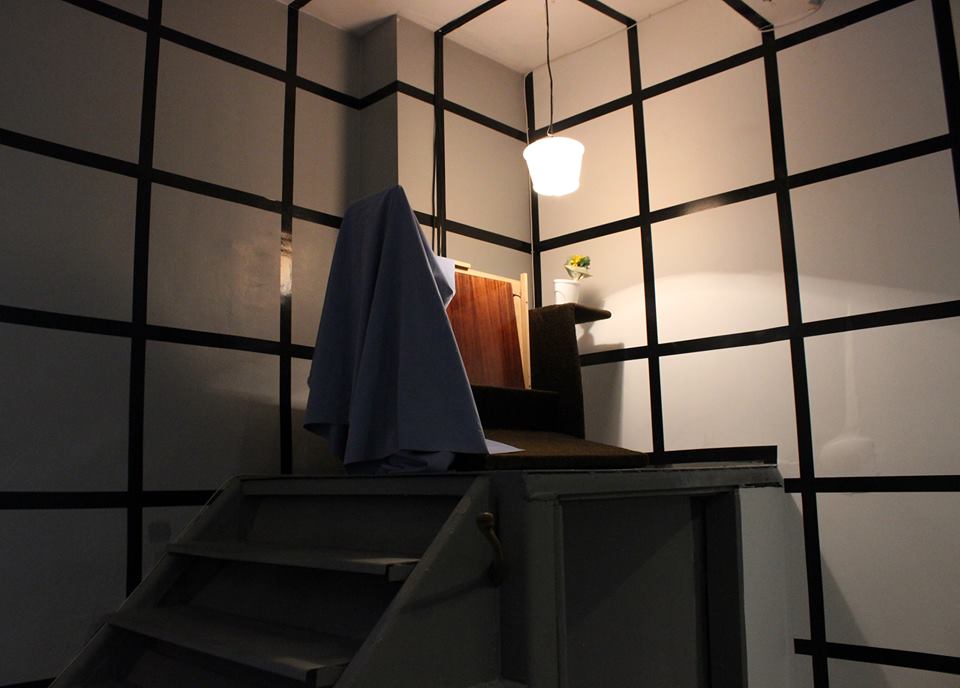
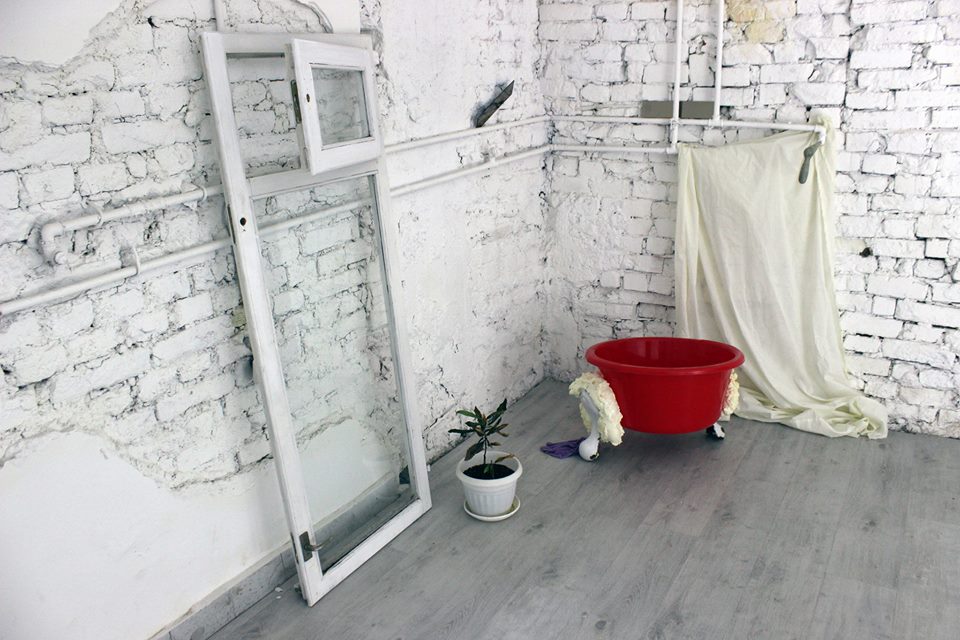
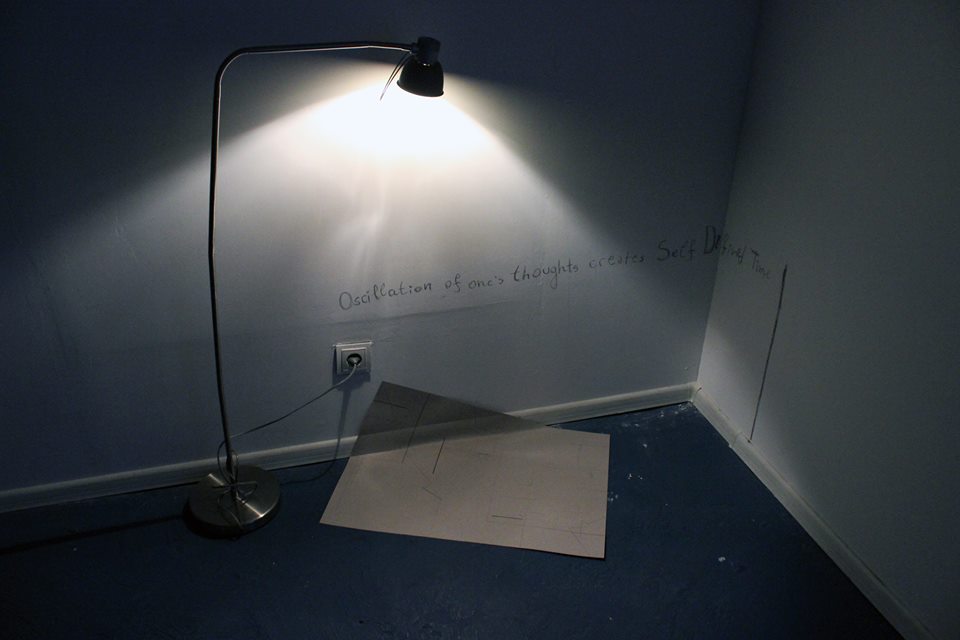

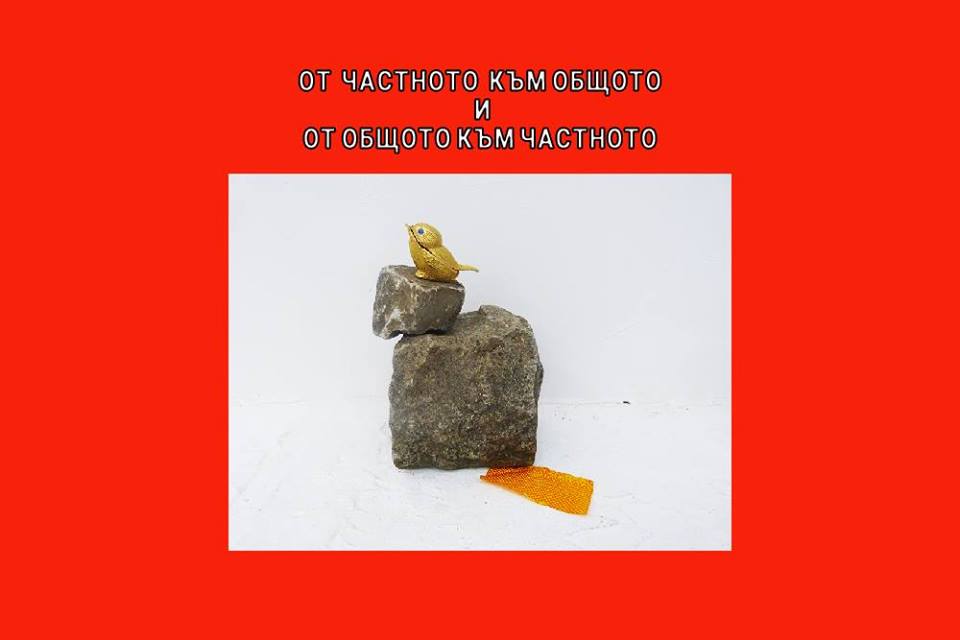




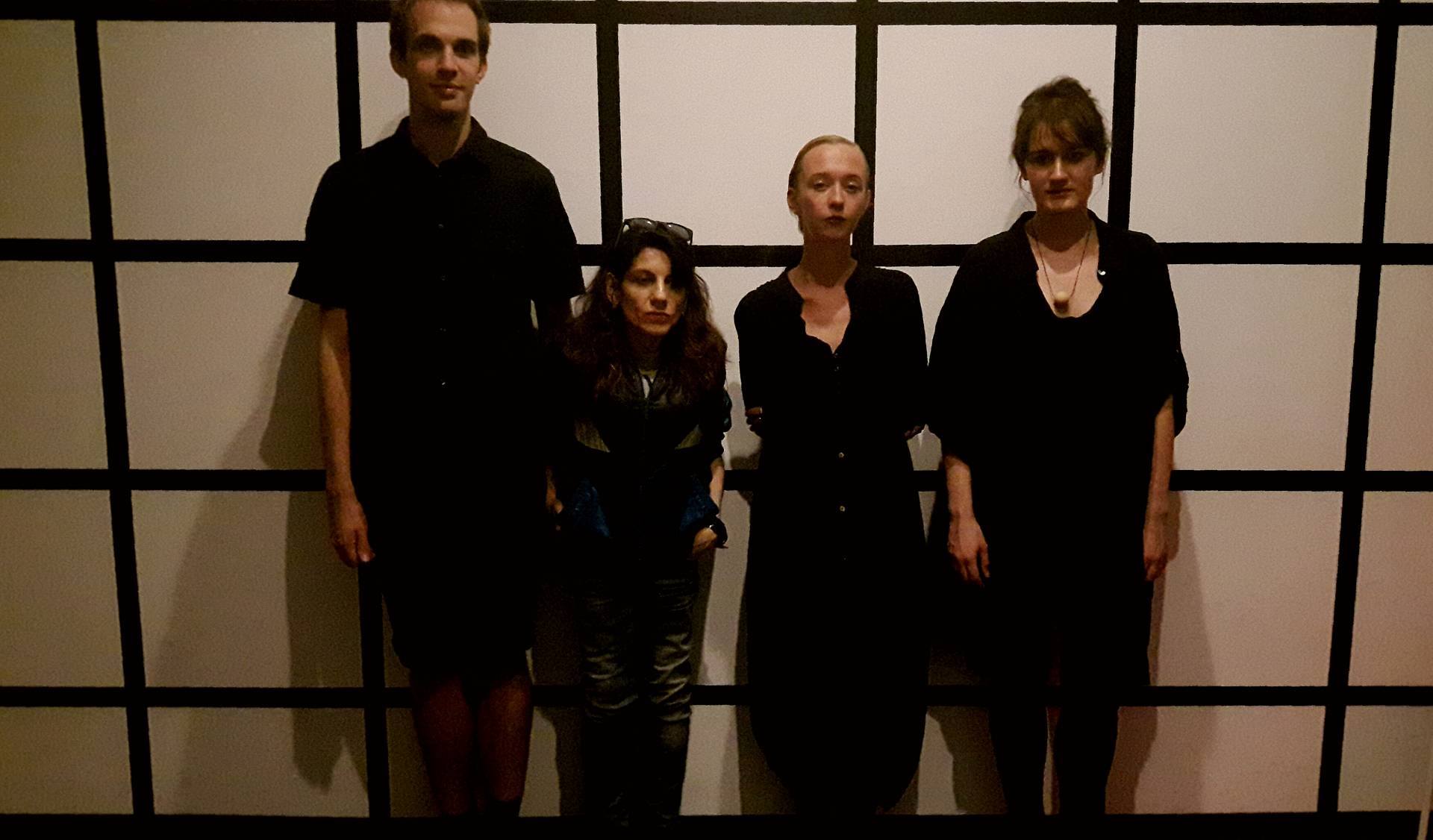
Artnewscafe Plovdiv
Against the Oddz